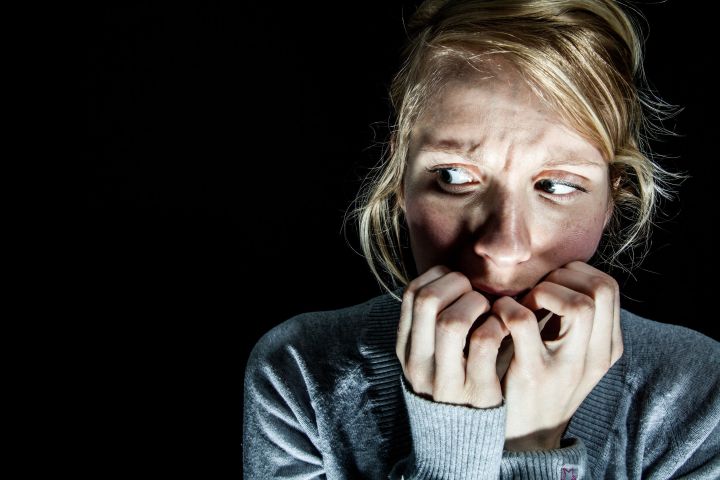
A new study published in the journal Nature Communications describes an investigation designed to reveal how the human brain processes fear and anxiety — and how this data could be used to help treat mental health disorders.
As part of the investigation, nine daring participants were shown a series of unsettling scenes from horror movies, while deep brain electrodes were used to record their neural activity in the amygdala and hippocampus, the parts of the brain crucial for emotion and memory. Imagine a scientific version of a YouTube reaction video, and you’re not far off the mark!
“Using this method, we can actually look at how the brain processes information millisecond by millisecond,” Jack Lin, Professor of Clinical Neurology, told Digital Trends. “What we found is that when someone sees a fearful image, the amygdala extracts the salience of that information to work out how important it is to that person’s daily survival. Then it sends that message to the hippocampus to make sure that it pays attention. This modulation only occurs when a person sees a fearful image. When they see a peaceful scene, it doesn’t happen.”
Lin said that previous studies have used still images to try and elicit fear, although these have not worked nearly as effectively. In future studies, he’d like to find ways of making things even scarier — although all within the ethical boundaries of such research, of course.
So how does this potentially help people? “We ultimately want to use this for therapy,” Lin continued. “We want to know how the brain operates at a circuit level. The brain, its circuits, and the code it uses to communicate are inherently rhythmic. If we know about this we can determine when the circuit is over-activated.”
That could mean helping people with anxiety disorders to modulate fearful reactions, using the same kind of deep brain therapy already being used to treat Parkinson’s Disease. “Long-term, we could think about disrupting this circuit to undo the hyperactivity,” he said.
Finally, for our own interest as movie buffs, we asked Lin which footage turned out to be the scariest.
“It’s faces,” he said. “It’s not gore and blood that fills people with fear. People get used to that pretty quickly. But there’s something intrinsic about faces. We react to them every day, and when we see the facial expressions of people experiencing fear that’s when we get scared ourselves.”
Take note, Eli Roth, Rob Zombie, Marcus Dunstan, and today’s other horror helmers!


